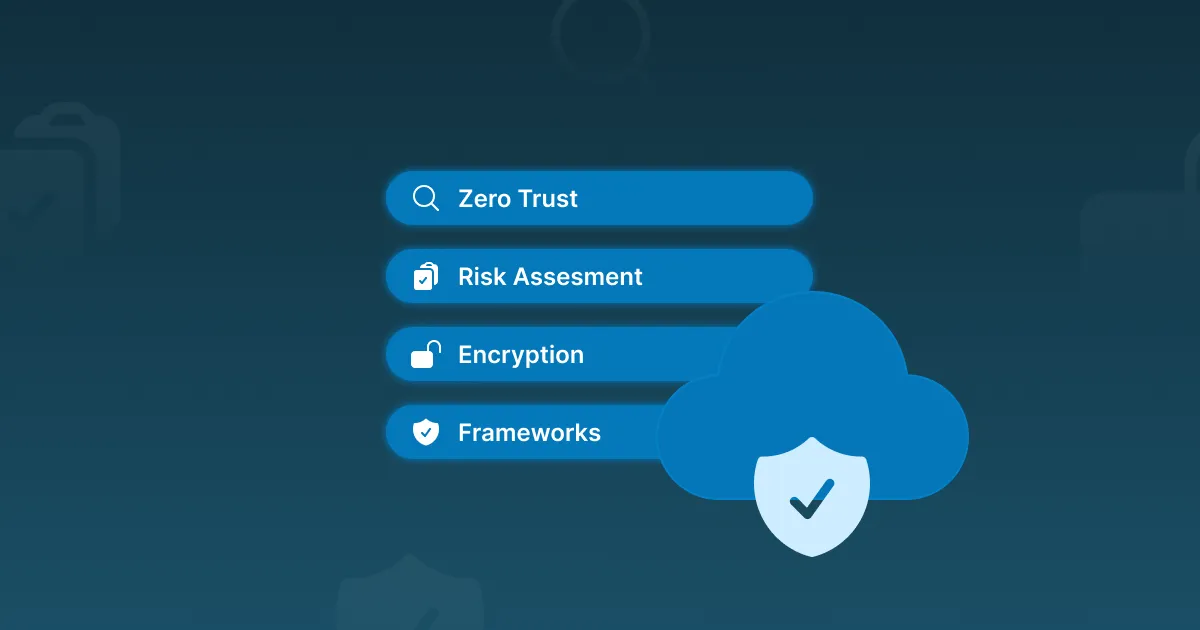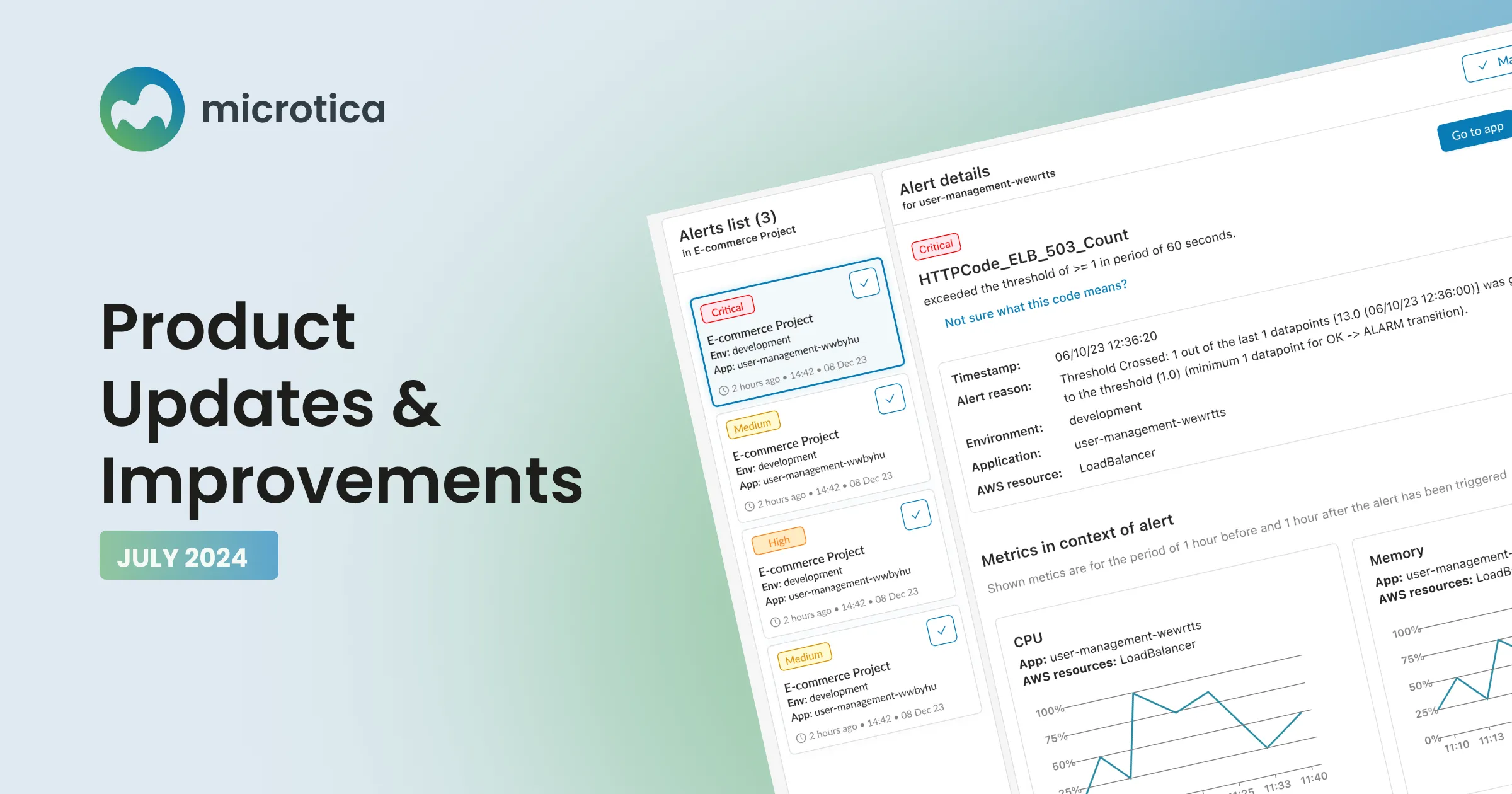Cloud Security Compliance: Why It Matters and Key Best Practices

Concerns of data privacy and security are a constant topic of interest as organisations and industries transition their IT systems to the cloud. It's evident that cloud computing has revolutionized how organizations operate, offering flexibility, scalability, and cloud efficiency. However, as more businesses migrate their sensitive workloads to the cloud, the need for strong cloud security compliance becomes paramount.
In response to this, regulatory authorities and law enforcement agencies are working on ways to protect businesses and customer information that are hosted in cloud environments. However, compliance is not just about avoiding fines. It is all about protecting your business, customers, and reputation in a digital-first world.
What is Cloud Security Compliance?
This is a process of adhering to laws, regulations, and industry standards that govern the storage, processing, and transmission of data in cloud environments. These requirements are designed to protect sensitive information, maintain privacy, and ensure that organizations follow all security and risk management best practices.
We have to be aware that compliance in the cloud is a shared responsibility. Cloud service providers (CSPs) are responsible for securing the infrastructure. On the other hand, customers must ensure that their applications, data, and configurations meet all the necessary compliance requirements.
Why Cloud Security Compliance Matters
There are several crucial advantages of cloud security compliance that are beneficial for both businesses and customers. To begin with, organizations can avoid significant financial penalties, lawsuits, and reputational damage that can arise from non-compliance. Beyond the legal safeguards, compliance frameworks enforce stringent security controls that reduce the risk of data breaches and protect sensitive information from unauthorized access.
This commitment to security also fosters greater trust among customers and partners. It strengthens business relationships and enhances the brand reputation. What's even more, effective compliance contributes to business continuity by enabling organizations to recover from security incidents and minimize operational disruptions quickly.
Common Types of Cloud Security Compliance
It's important to remember that there is no one-size-fits-all approach to cloud security compliance. The compliance type you choose for your organization will greatly depend on your industry, the nature of the data you handle, and the regions you operate in. It's time to take a look at some of the most common compliance frameworks and regulations.
HIPAA (Health Insurance Portability and Accountability Act)
HIPAA primarily applies to healthcare providers, insurers, and their business associates. The goal is to protect sensitive patient health information (PHI) when it's stored or processed in cloud environments. To comply with HIPAA, organizations must implement the following key requirements:
- Data encryption
- Access control
- Audit logs
- Breach notification protocols
Of all these, encryption is especially critical, with requirements for securing PHI both at rest and in transit using standards like AES-256 and TLS 1.2 or higher. Organizations must also maintain detailed documentation and conduct periodic audits to ensure all technical, physical, and administrative safeguards are effective and up to date.
SOC 2 (System and Organization Controls 2)
This particular standard refers to technology and Saas companies that handle customer data. The aim is to ensure that service providers securely manage data to protect the clients’ privacy and interests. The focus of SOC2 is on several key areas:
- Security
- Availability
- Processing integrity
- Confidentiality
- Privacy controls
ISO/IEC 27001
This is a standard intended for organizations seeking to establish, implement, maintain, and improve an information security management system (ISMS). Its purpose is to provide a framework for managing sensitive company information.
While adopting this standard is voluntary, many companies do choose to follow it. It helps them enhance their security and demonstrate to clients that they have a thorough approach to managing risks.
The key requirements of ISO/IEC 27001 are:
- Risk assessment
- Security policy
- Asset management
- Incident response
GDPR (General Data Protection Regulation)
This EU standard is in place to protect the data and privacy of EU citizens, no matter the geographic location of the data or organization. It is used by organizations that enforce regularly updated technical and organizational measures. The processing of personal data of EU citizens requires abiding by the following key requirements:
- Data subject rights
- Consent management
- Breach notification
- Data minimization
Cloud-Specific Frameworks
There are two cloud-specific frameworks that were tailored for cloud environments. One is CSA CCM (Cloud Security Alliance Cloud Controls Matrix), which offers a detailed set of security controls. They are organized across multiple domains, helping cloud service providers strengthen their defenses while simplifying the audit process. For customers, the CCM serves as a valuable tool to assess and compare the security posture of different cloud providers, ensuring they meet rigorous standards.
On the other hand, FedRAMP (Federal Risk and Authorization Management Program) sets mandatory cloud security requirements for organizations working with the U.S. federal government. Achieving FedRAMP compliance is a complex and time-intensive process that involves submitting a detailed system security plan outlining the security controls in place. This plan undergoes thorough evaluation and approval to ensure that cloud services meet the government’s high standards for protecting federal data.
Challenges of Cloud Security Compliance
With the increased adoption of cloud technologies, organizations face several significant hurdles in maintaining compliance. Here are some of the main challenges encountered in cloud compliance today:
- Transitioning to the cloud often results in fragmented oversight, making it difficult to track who has access to data, where it is stored, and how often it is accessed.
- Organizations frequently need external auditors to verify that their cloud security controls meet regulatory standards. Certifications and attestations serve as proof of ongoing compliance, but can be complex to obtain and maintain.
- A large portion of cloud security incidents stems from misconfigurations. These errors can arise from human mistakes, misplaced trust in default settings, or attempts to simplify access, all of which increase vulnerability.

Best Practices for Cloud Security Compliance
To achieve and maintain cloud security compliance, organizations will need to have a structured and proactive approach. They will also need a combination of string security measures and disciplined management practices. Organizations can significantly reduce risks and meet regulatory demands by adopting a strategic approach to cloud compliance.
Adopt a Zero Trust Security Model
Zero trust assumes that no user, device, or system is inherently trustworthy. Therefore, every access request must be continuously verified through authentication and authorization before granting permission. This approach applies to all components within the cloud environment, including users, devices, applications, and network connections. To detect anomalies and enforce accountability, you must carry out continuous cloud monitoring and detailed auditing of all activities.
Conduct a Thorough Risk Assessment
Before you migrate data or workloads to the cloud, you should carefully evaluate the sensitivity and regulatory implications of the information. It's possible that certain data can pose unacceptable risks. This is a situation where you can employ a hybrid cloud strategy, keeping sensitive operations on private or on-premises infrastructure while using the cloud for less critical workloads.
Protect Data Through Encryption
If you wish to safeguard sensitive information in the cloud, then encryption is a must. This process converts readable data into an encoded format, making it inaccessible to unauthorized users. Leading cloud platforms automatically encrypt customer data both during transmission and while at rest. Additionally, sensitive credentials often undergo multiple layers of encryption. This is a necessary step because it ensures that even if intercepted, they remain protected until properly decrypted by authorized systems.
Follow Well-Architected Frameworks
Implementing a well-architected framework provides a structured methodology for designing, deploying, and managing cloud infrastructure. You can use these frameworks to align your cloud architecture with your business objectives while, at the same time, identifying the potential risks.
Review Cloud Provider Security Practices
A key step in compliance management is to evaluate your cloud provider's security policies and certifications. Standards such as ISO/IEC 27017 and ISO/IEC 27018 focus specifically on cloud security and privacy practices. Reviewing their processes for log management, privileged access, and change control can provide further assurance of their security posture.
Final Thoughts
Cloud security compliance is a moving target, shaped by evolving technologies, regulations, and threats. Organizations can improve their compliance even further with the introduction of emerging trends like AI-driven security, automated compliance tools, and zero-trust architecture.
What is important is that organizations prioritize compliance in order to achieve long-term success. Give your team the tool to focus on innovation while staying secure and compliant.
Subscribe to receive the latest blog posts to your inbox every week.
*By subscribing you agree to with our Privacy Policy.

Relevant Posts



